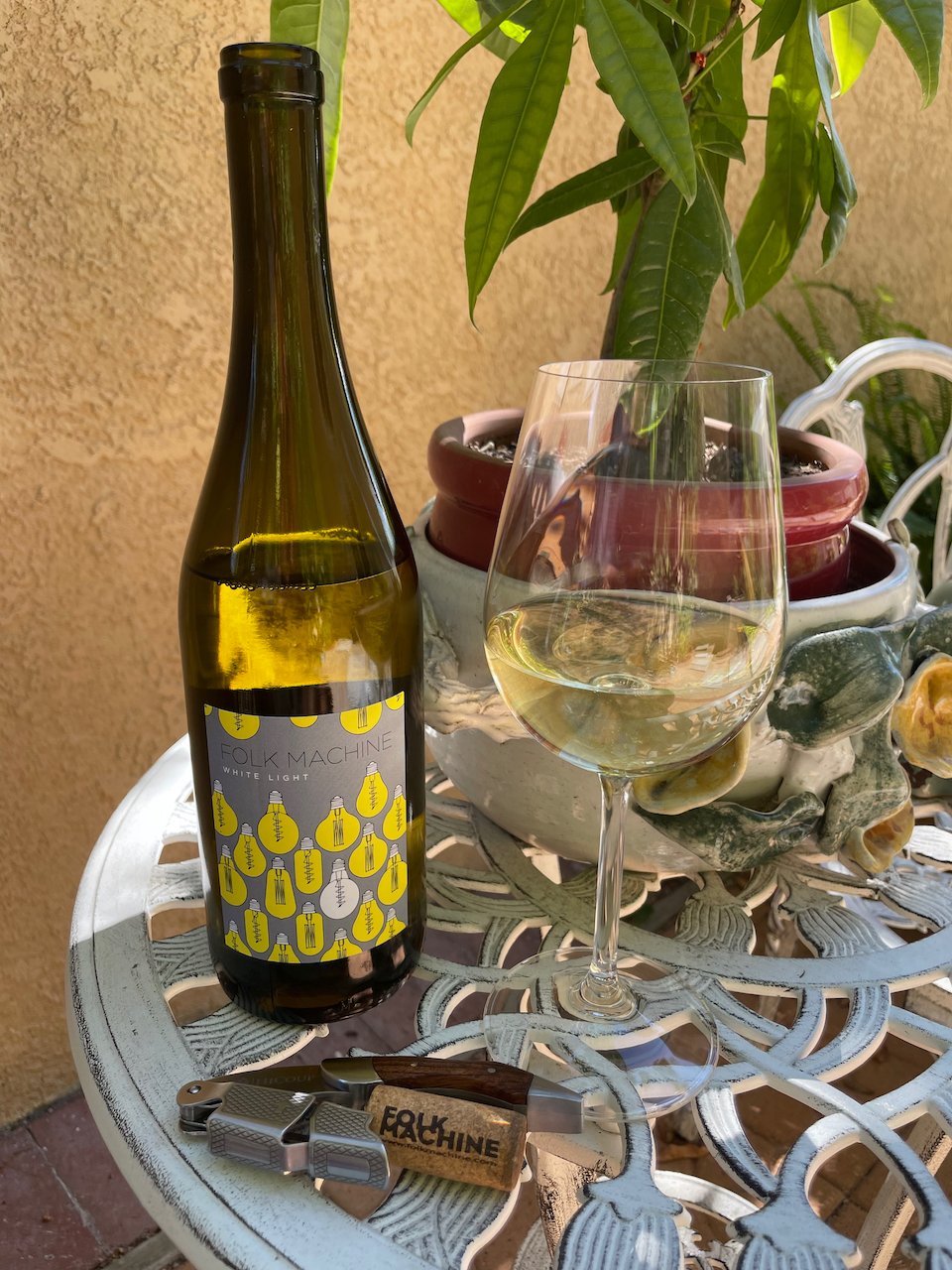In wines, there is a wide spectrum of sweetness. Those that are not sweet are referred to as “dry” wines while those that are sweet are simple referred to as “sweet” wines. And, in the wine world, this all has to do with ‘residual sugar.’
When wine grapes are ready for harvest, one of the primary indicators to the winemakers is their sugar content. Using a device called a refractometer, they are able to analyze a drop of grape juice and determine its sugar content. By passing light through the juice and measuring the refraction (i.e., the amount that the light bends), the sugar content can be measured. This is referred to as Brix.
So, in simple terms, when the grapes are ready to be harvested they have ‘just the right amount’ of sugar. Anyone who’s had a glass of grape juice with breakfast knows that grape juice is naturally sweet. And, this natural sugar in the grape juice is the key to fermentation. Yeast is added to the grape juice and the live yeast feed on the sugar and converts it to alcohol. And, in general terms, once all the sugar is eaten up, fermentation ends.
But, wine makers have some control over this process. They can allow fermentation to go to the end which means that there is little to no ‘residual sugar’ in the juice that’s now wine. This is the ‘dry’ wine. But, if the fermentation is halted, or only a small amount of yeast is added to the juice, the wine ends up with significant ‘residual sugar.’ And, this results in a ‘sweet’ wine.
That’s a quick overview of sweetness in wine. For further reading, check out these past blogs:





